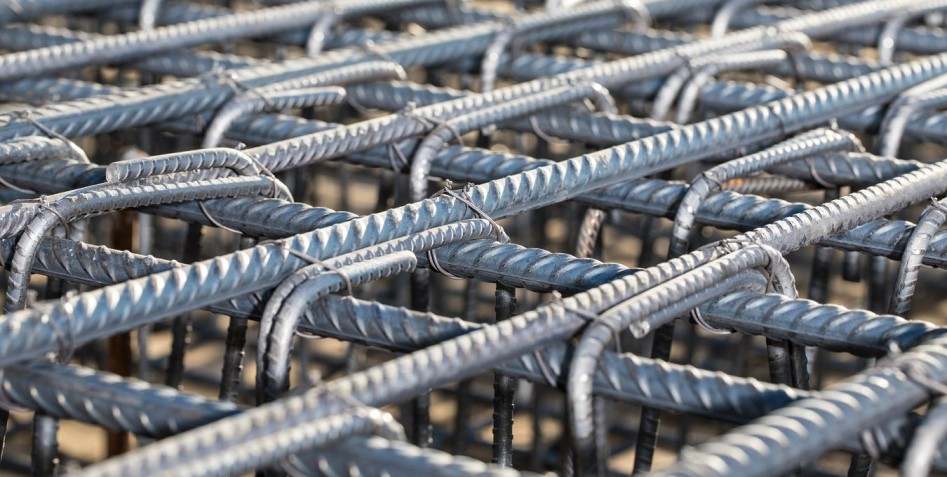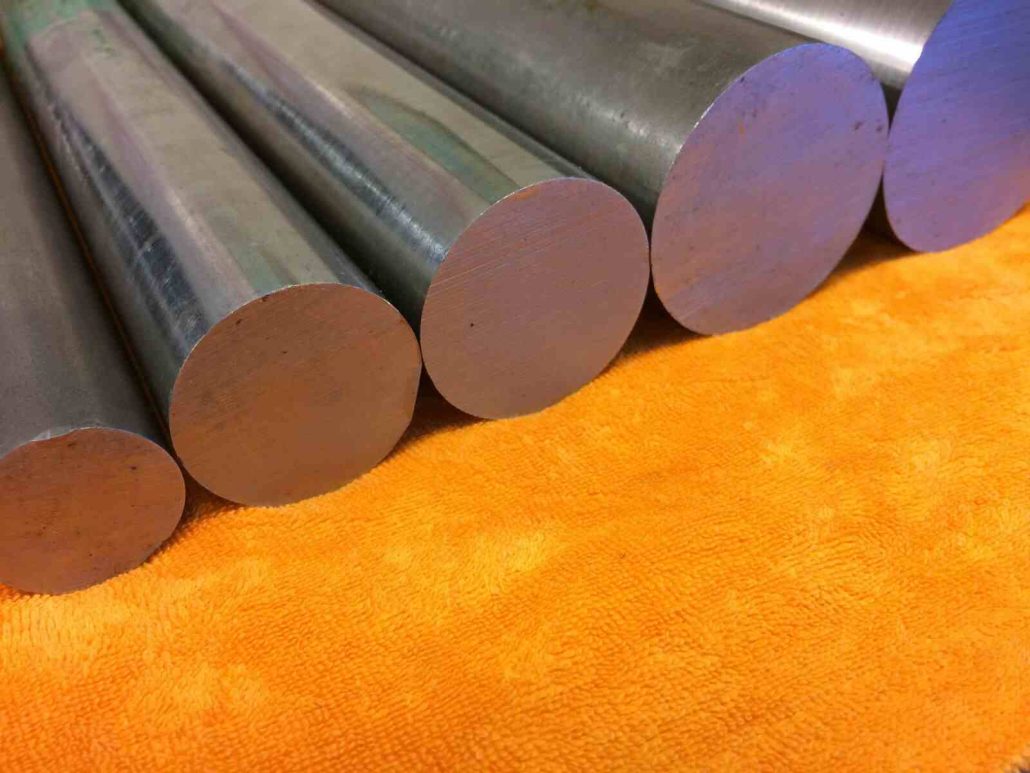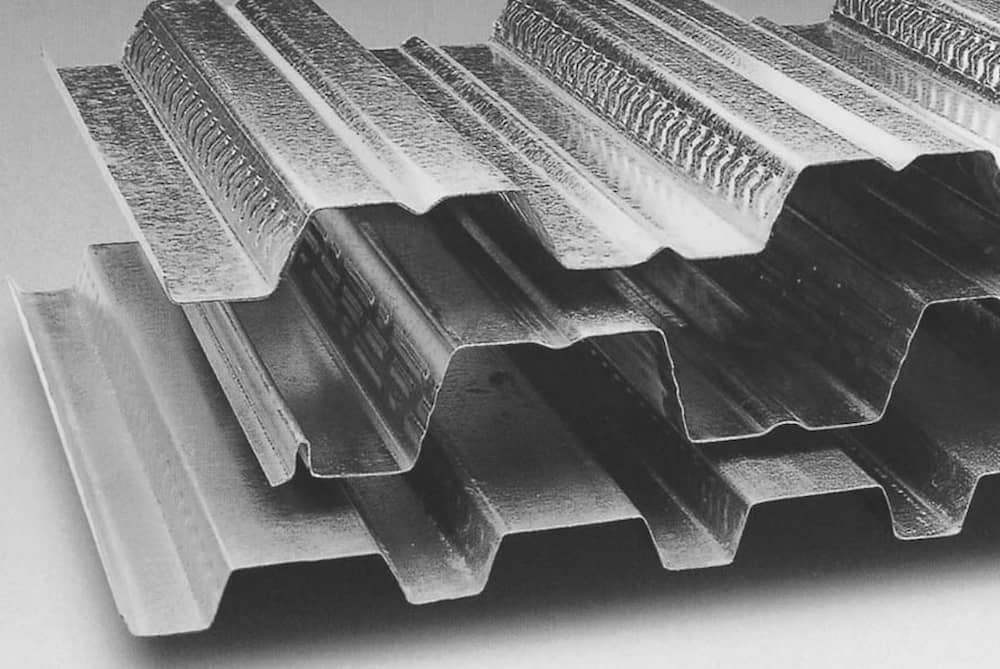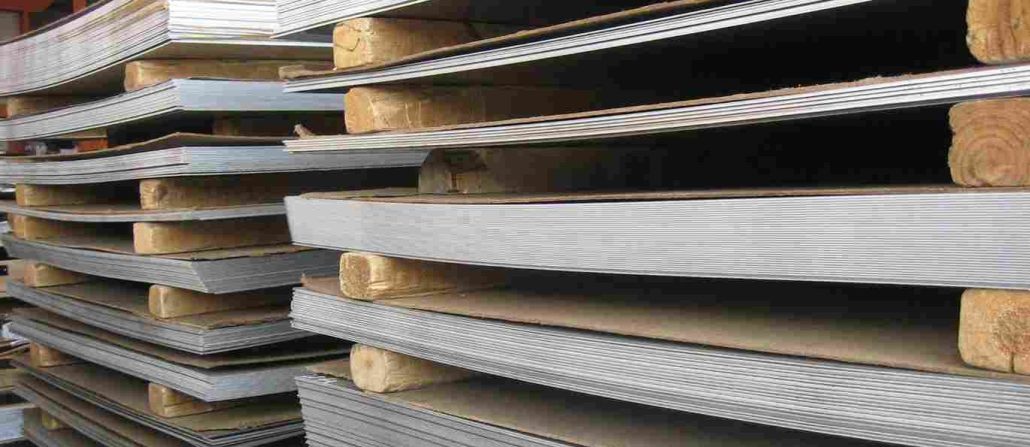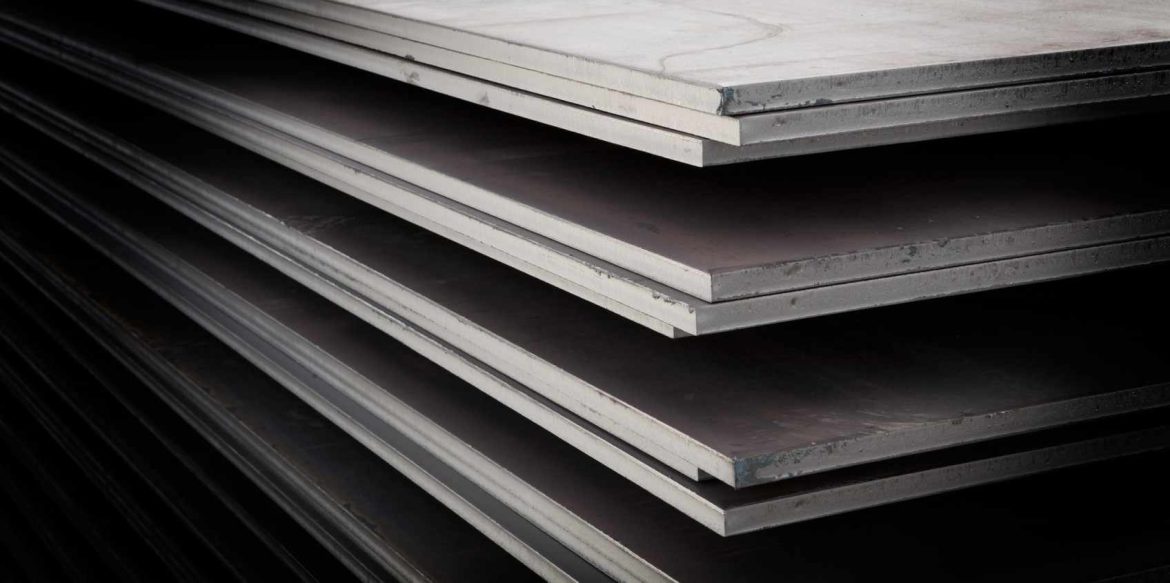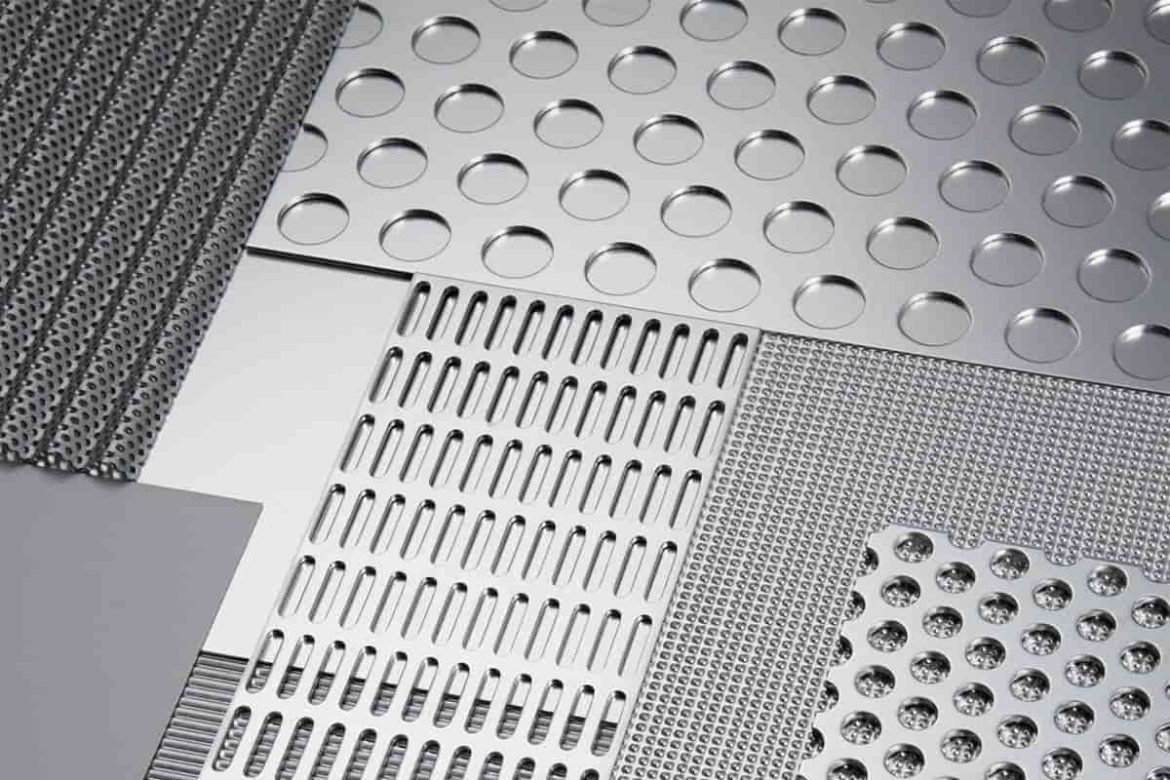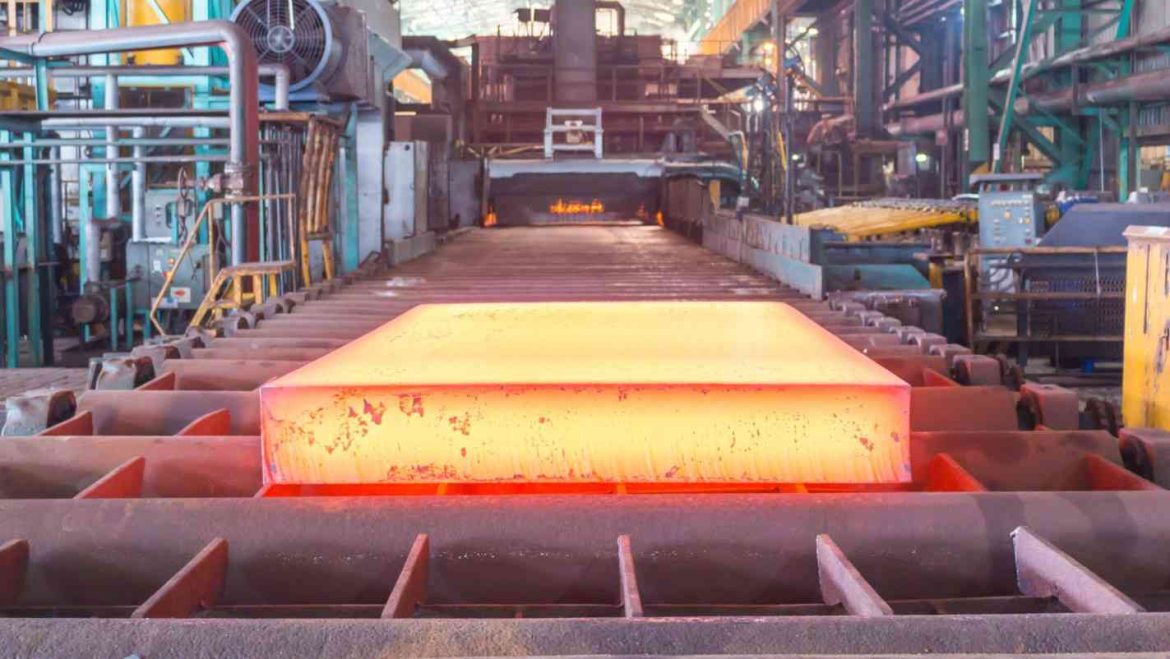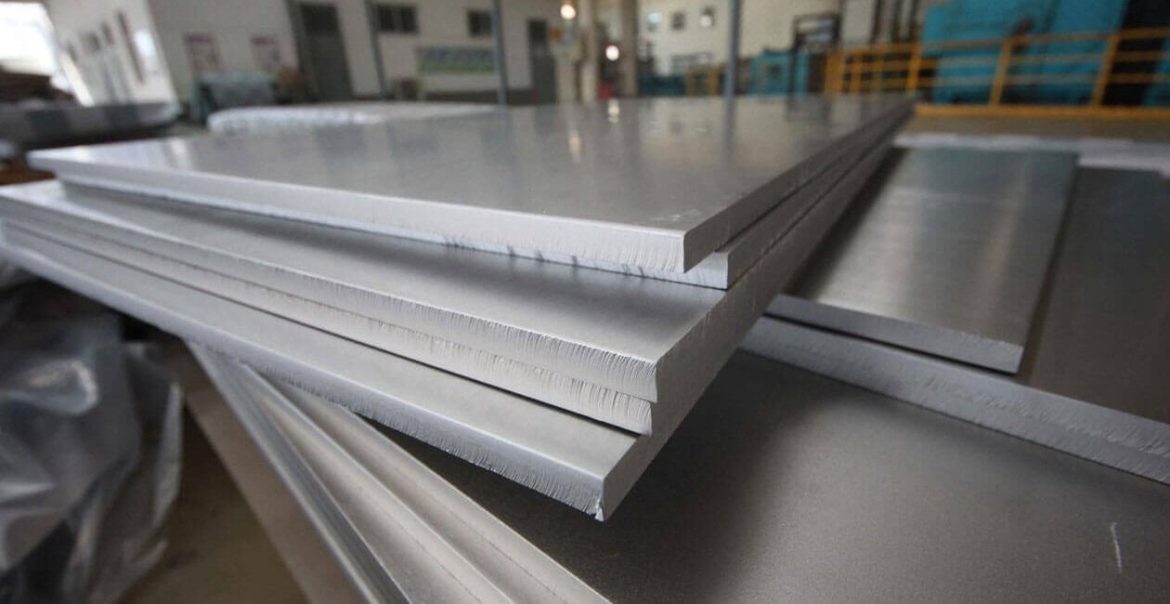Black mild steel sheet | Buy at a Cheap Price
The Earth’s crust is rich in iron-containing minerals (oxides, hydrated ores, carbonates, sulfides, silicates, and so on)
Preparing and refining ores to manufacture steel and iron needed skill on our forefathers’ part
Washing, crushing, screening, gangue separation, calcining, sintering, pelletizing, and other tasks are required
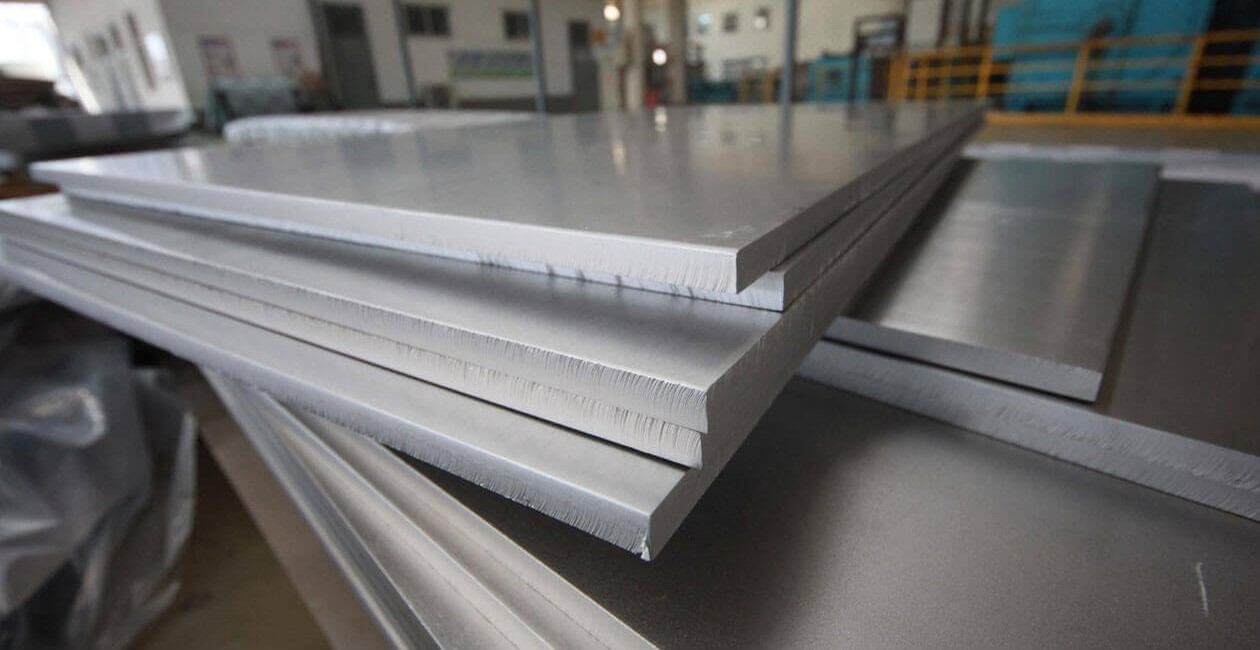
Steel
Local ore and charcoal-producing woods have historically given rise to a thriving iron industry in a variety of countries
Two factors made this possible
The 18th-century discovery that coke could be used to replace charcoal had a significant impact on the industry
As a result, the industry was able to expand rapidly, resulting in the Industrial Revolution
The nearby coal and iron ore reserves benefit the economy
The Bessemer (1855), open hearth (1864), and electric furnace advances in the nineteenth century enabled the production of steel (1900)
Since the mid-twentieth century, oxygen conversion, particularly the Linz-Donowitz (LD) process by oxygen lance, has made it possible to produce high-quality steel at a competitive price
This was plausible around the turn of the century
Steel production, which serves as the foundation for mass production of tools, machinery, industrial, home, and shipbuilding products, is now used to gauge a country’s economic health
Transit, particularly by sea, has made international trade in raw materials (iron ores, coal, fuel oil, scrap, and additives) profitable
Raw materials include scrap and additives
The coastal regions of the major industrialized nations receive raw materials from exporting countries that can meet current high-grade material requirements through big smelting and steelworks
Finding iron ore reserves near coal fields is no longer desirable
These countries currently have fewer advantages
Direct reduction strategies have lately been developed and proven to be effective
Oxygen is removed from iron ores to generate sponge iron
Any remaining iron can be replaced by a ferrous material
Particularly good ore
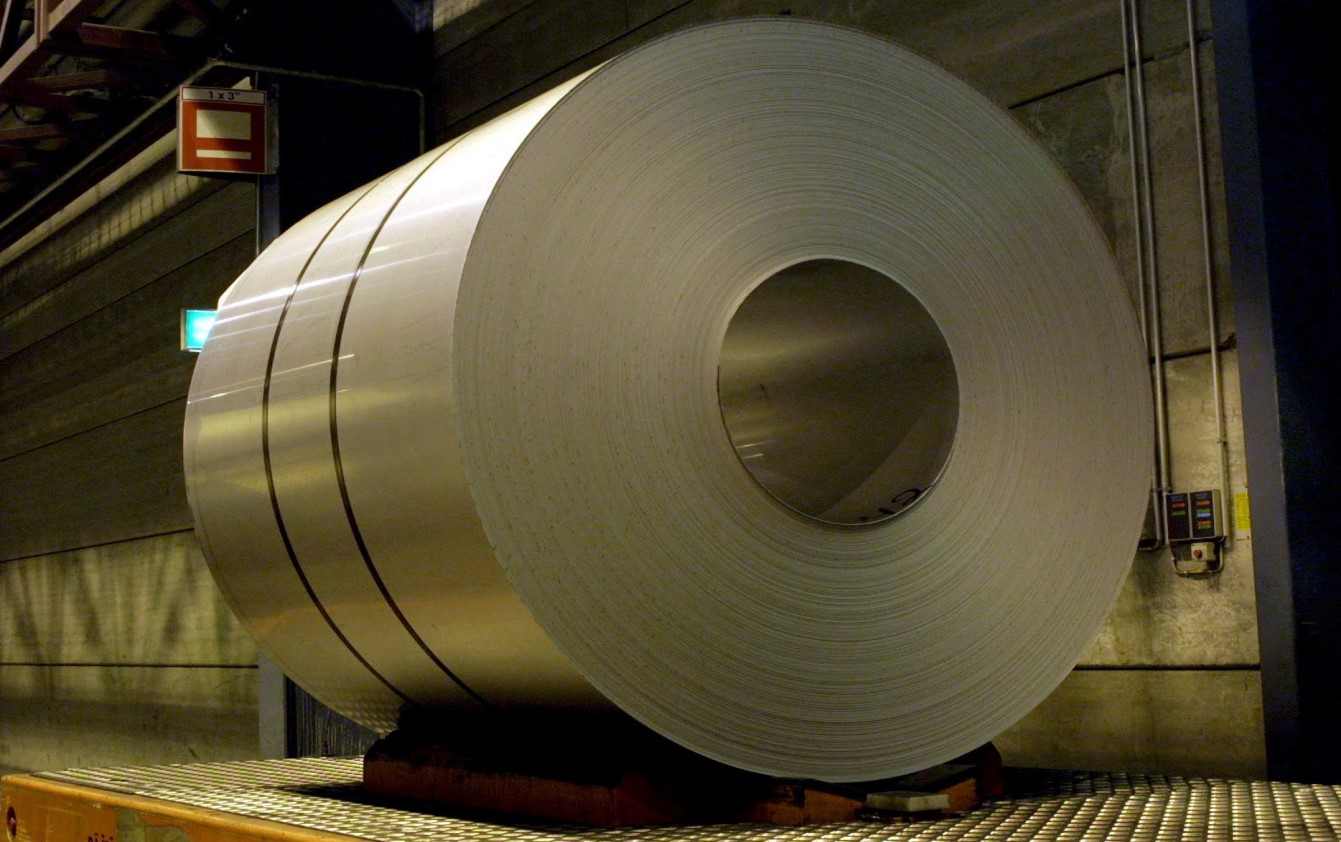
Steel sheet stainless products
black steel sheet hot rolled
A black steel sheet that has undergone the rolling process at a temperature higher than its recrystallization temperature (about 1700° F or above) is known as hot rolled steel
The material is more formable and workable than untreated steel, making it simpler to handle during future processing steps
Steel is made up of iron, carbon, and a few other chemical elements
The maximum weight-based carbon content of this alloy is 2%
The two most important qualities of this alloy are its high tensile strength and low cost
This is the most common material used to build infrastructure
It is also used in the production of construction-related tools
Black steel, commonly known as black carbon steel, is an iron and carbon alloy with trace amounts of other metals
Although we may melt and mold pure iron into desired shapes, it is frequently soft
Carbon can be added to pure iron to reinforce it, and most types of carbon steel contain a carbon percentage of 1-2 percent
A thin coating of iron that is oxidized by a high temperature can typically yield black steel during the steel-making process
This layer of oxidized iron forms on the outside of the steel
Typically, iron reacts fast with oxygen in the air
The iron oxide formed by this process is commonly referred to as rust
As a result of the rust buildup, some iron parts may fail
The surface of iron is routinely coated to avoid surface rust growth
A notable advantage of black iron oxide coating is that it gives black steel its natural capacity to resist corrosion
The oxide layer may act as a barrier, keeping oxygen from accessing the iron layer beneath
Because this thin oxide layer forms at a high temperature, the iron does not need to be coated
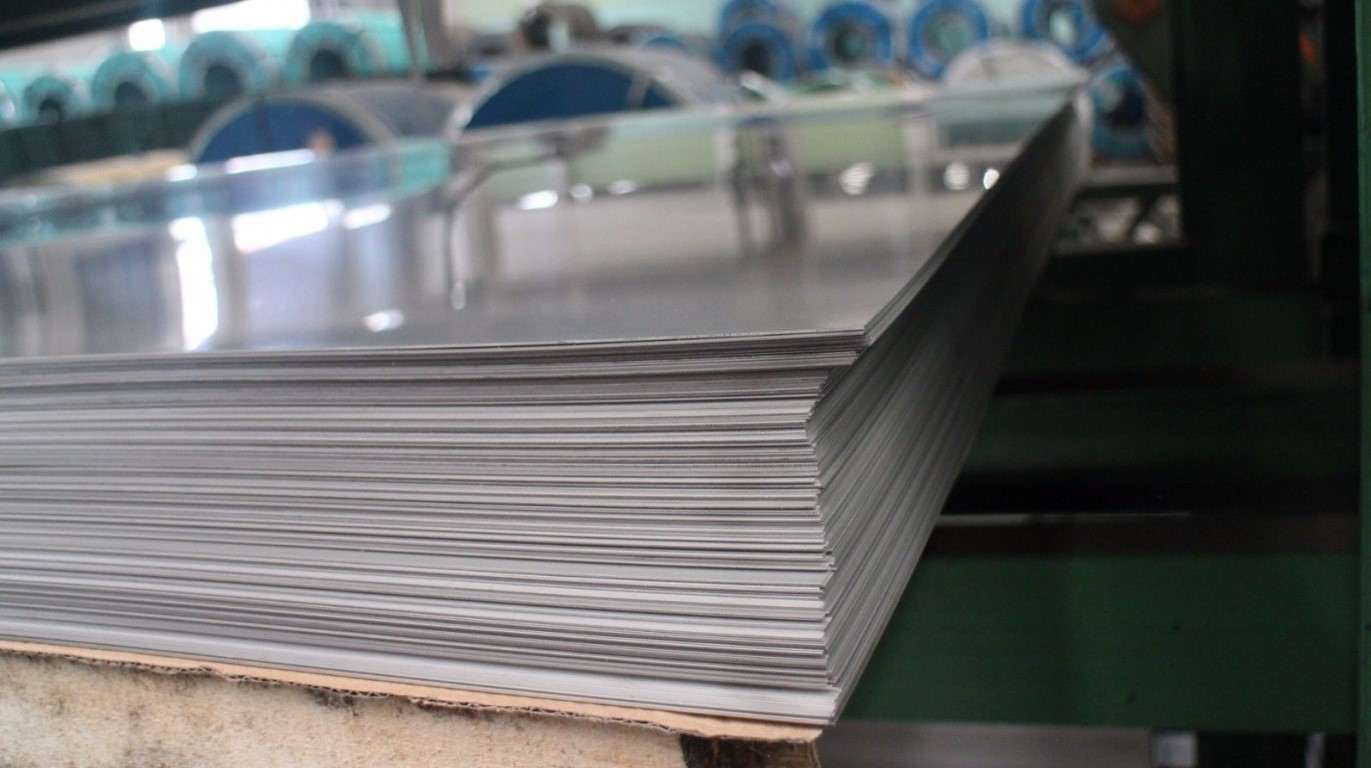
Composite steel floor deck-slabs
black mild steel sheet
A thin and flat piece of steel that can be used for a wide variety of purposes is called a mild steel sheet
The thickness is the metric that is used to measure it (gauge)
Sheets made of mild steel are widely utilized in industrial processes where the finish does not play a vital role
The surface of mild steel is silvery gray and non-oily, in contrast to the dark blue and oily appearance of the surface of black steel
Steel is a chemical alloy that is formed of various components, including carbon and iron
This alloy has a potential carbon content that can reach up to 2 percent by weight
The most important characteristics of this alloy are that it has high tensile strength and is inexpensive
This is the material that is utilized most frequently in the building of various types of infrastructure
Additionally, it is helpful in the production of tools that are used in construction
Black steel, sometimes known as black carbon steel, is an alloy of various metals that is predominately made up of iron and carbon, along with trace amounts of a number of other elements
Even though it is possible to melt and mold pure iron into any shape requested, the material tends to be somewhat soft
It is possible to increase the strength of pure iron by adding carbon, and the majority of different types of carbon steel include between 1-2 percent carbon
In most cases, black steel is produced during the manufacturing process for steel, where a high temperature is used to create an oxidized thin coating of iron
This results in the formation of black steel
This layer of oxidized iron forms on the exterior surface of the steel

Steel products in United Kingdom
black steel sheet epoxy
Epoxy gives black steel sheets increased stability and resistance to corrosion, and it also helps the sheets look more professional
A steel sheet is a sheet of steel that has been formed into a reasonably flat panel
Steel sheets are comprised of an iron-tin alloy and are available in flat and coiled forms
Depending on the thickness of the steel, basic tin snips or steel shears can be used to cut it to size
They are bent using a metal brake to form a variety of components
Steel sheet thickness is measured in gauge
The material will be thinner as the gauge value increases, while thicker and more durable steel will be created as the gauge value decreases
Despite the fact that some thinner or thicker items may be available for specific applications, steel sheets normally range in gauge from 8 to 30
Although the thickness of these sheets can vary widely, due to their extraordinary thinness, they are commonly referred to as “foil” or “leaf
” If a steel sheet has become quite thick, it is commonly referred to as a plate
Despite the lack of industry norms, a sheet can be bent with a metal brake but a plate cannot
A typical steel sheet can be made from a variety of materials
Cold-rolled steel is the most common and least expensive steel
Despite its widespread use, cold-rolled steel is subject to rust and corrosion over time as a result of moisture or chemical exposure
Throughout the manufacturing process, zinc has been electroplated onto galvanized steel sheets, adding a layer of corrosion protection
The most expensive steel sheets are made of stainless steel, which has been combined with chromium to increase corrosion resistance and give the steel a beautiful polish

black steel sheet exterior
In order to make the steel sheets stronger and more resistant to weakness, the exterior of the sheets must be improved because of how they interact with their surroundings
Before going through the processes to produce black steel sheets, sheets of steel can be made using a variety of methods, including alloy and carbon steel, as well as other types of steel
Steel is considered an alloy if it belongs to any of these four group classifications, but that’s not what I’m talking about right now
Instead, I want to talk about something else entirely
The term “steel alloys” should not be confused with “alloy steel
” Therefore, what exactly is alloy steel? Steel that has roughly 5 percent of its total composition comprised of alloying metals is referred to as alloy steel
Manganese, chromium, vanadium, nickel, and tungsten are some of the elements that can be used as alloying agents
The incorporation of alloying elements results in an overall improvement in machinability as well as resistance to corrosion
Pipes are almost often made out of alloy steel, particularly when they are going to be utilized for something that has something to do with energy
Additionally, it is utilized in the production of heating elements for utensils and appliances such as toasters, silverware, pots and pans, and containers that are resistant to corrosion

black steel sheet house
A crucial material utilized in many diverse applications is steel sheet metal
It can aid you in DIY projects or house maintenance in addition to being utilized for construction
The success of your project depends on the material you choose
Although there are many various types of sheet metal products on the market, determining which one is best is crucial
Using the features listed below, you can select your favorite material
Metal Sheet in Stainless Steel One of the most well-liked metals, stainless steel is well-known for being anti-corrosive
The essential element that makes stainless steel sheet metal resistant to corrosion is a composition of at least 10
5 percent chromium
In addition to this quality, stainless steel is long-lasting, provides the ability to maintain hygiene, is simple to fabricate, is temperature resistant, and has a highly attractive appearance
Metal Sheet in Aluminum Not just stainless steel has the ability to resist corrosion
When aluminum comes into touch with any non-acid liquid, it has the capacity to resist rusting
This, together with the fact that it is a relatively light metal, explains why it is preferred for cans, culinary utensils, beer kegs, window frames, and even in the aerospace industry, to name a few
Steel Sheet in Carbon It is an iron and carbon-based steel alloy popularly known as industrial steel
In addition to these two, carbon steel contains other substances that alter its physical characteristics
Aluminum differs from stainless steel in that it has 2
1 percent more carbon than that metal
The harder and tougher the material is, the higher the consistency of carbon is
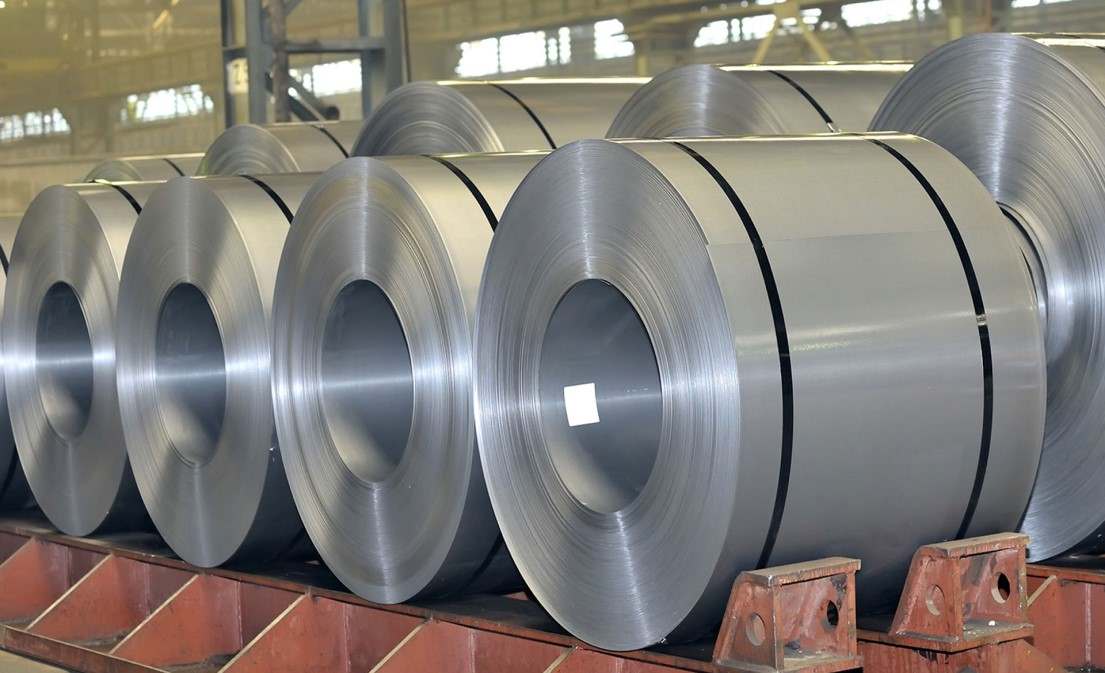
black steel sheet jsw
JSW uses an advanced paint process that offers more protection and a longer lifespan
Superior paint technique prevents the paint from even breaking and peeling on black steel sheets
Ordinary paint begins to fade quickly, and in 1-2 years the roof begins to seem drab and worn out
It guarantees that the roof will continue to seem brand-new for many years, adding to the charm of your home
The JSW was built entirely out of steel
This guarantees that every sheet of color-coated steel has the maximum strength achievable
The homogeneity of the steel contributes to the high quality and strength of the material
JSW is a thin sheet with a strong tensile capacity
To meet the demands of a variety of applications, it provides a minimum yield strength of 550 mpa and maximum yield strength of 770 mpa
Because of their low weight and high strength, they can be shipped for less money and require nearly no maintenance thanks to the use of a lightweight supporting structure
Steel production is an industry that is critical to the health of all countries’ economy
Without it, the economy’s growth would be greatly hampered
Steel is the material of choice for the building of a wide variety of different components required for the manufacturing process
Steel is used in a number of consumer goods, as well as in the construction and transportation industries

Steel has long been connected with tensile strength
It has developed a name for itself in recent years, though, for having the highest rate of material recycling
In 2008, recycled scrap top metal accounted for more than two-thirds of all steel produced in the United States
This rate is much higher than the global average for all countries
This percentage is now higher than it was last year
We operate multiple businesses, one of which is the delivery of steel goods to consumers all over the world with varying requirements
We have substantial understanding in this field and have long held key market positions
